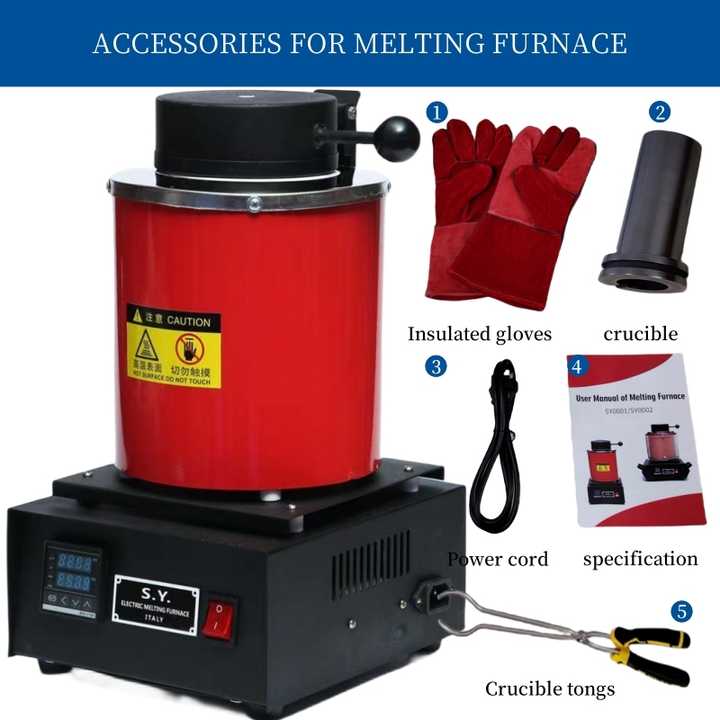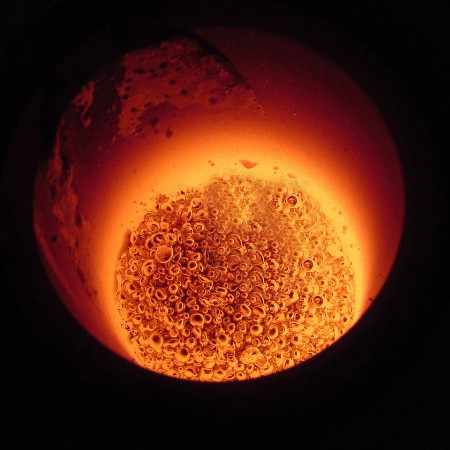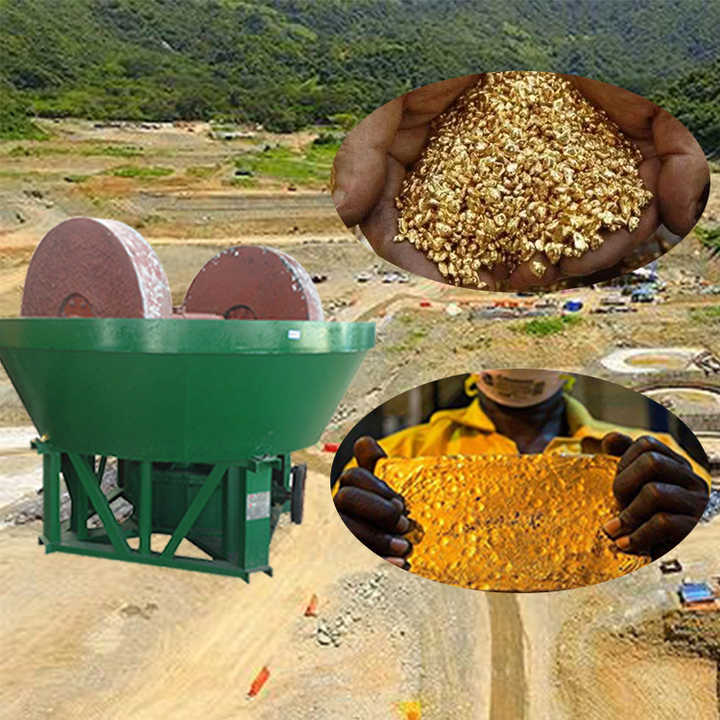smelting scrap gold
Smelting Scrap Gold A Comprehensive Guide
Smelting scrap gold is an effective way to recycle old or unwanted gold items and transform them into valuable pure gold. Whether from broken jewelry, old coins, or industrial materials, scrap gold can be refined and repurposed using modern smelting techniques. This process is essential for reducing waste and preserving the value of gold in an eco-friendly manner. In this article, we’ll explore the smelting of scrap gold, the process involved, and the benefits it offers.
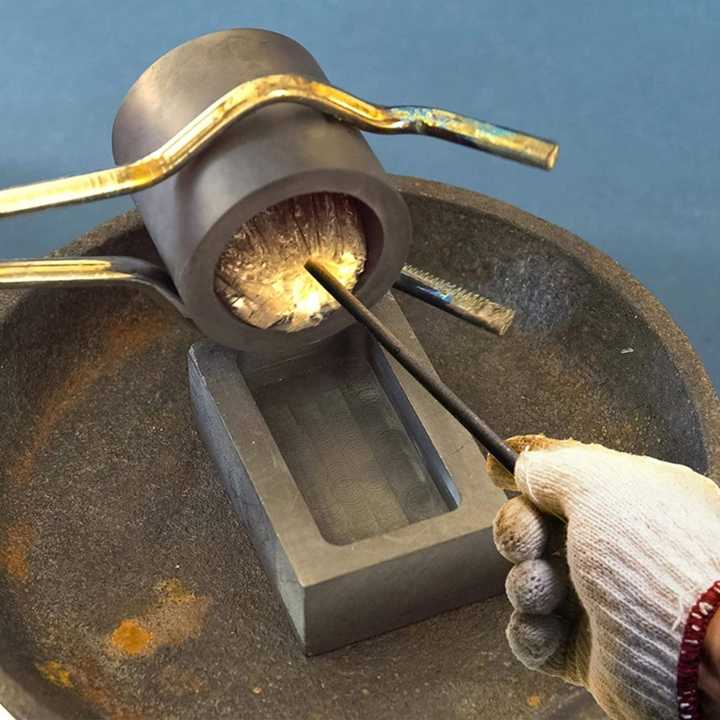
Understanding Scrap Gold
Scrap gold refers to any gold items that are no longer needed or wanted. This can include jewelry, dental gold, coins, electronic components, or any other objects containing gold. While the purity and condition of the gold can vary, all scrap gold has value due to the precious metal it contains. Smelting is the process of melting down this scrap material to separate the gold from impurities, allowing it to be reused in various forms.
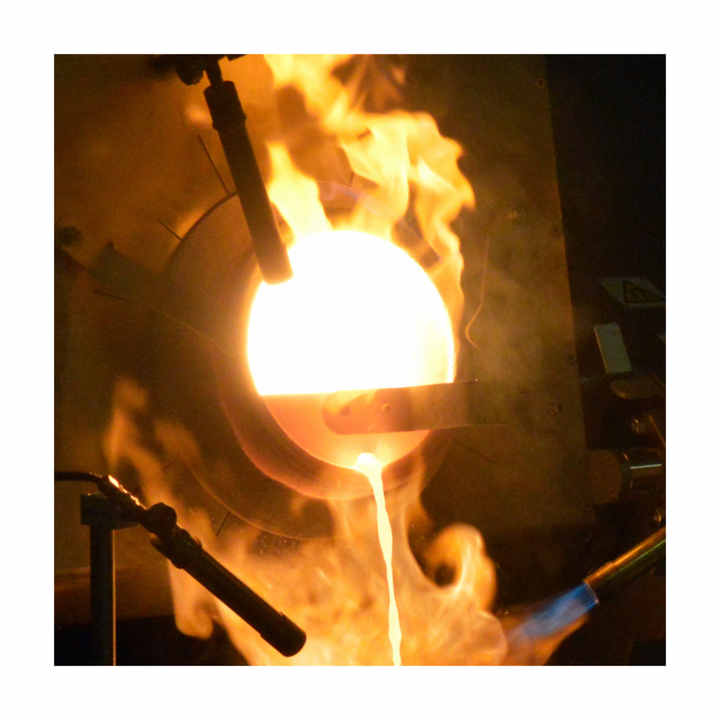
The Smelting Process for Scrap Gold
Smelting scrap gold involves several steps to ensure the gold is purified and free from contaminants. Although the process may sound complex, it can be done effectively with the right tools and knowledge.
Step 1: Sorting and Preparing the Scrap Gold
Before smelting, it’s important to sort and clean the scrap gold to remove any non-gold materials, such as stones, plastics, or other metals. Ensuring that the gold is separated from these impurities improves the efficiency of the smelting process. Sorting also allows the smelter to determine the purity of the gold, which can vary based on the source of the scrap.
Step 2: Melting the Scrap Gold
Once the scrap gold is sorted and prepared, the next step is to melt it down. A furnace or smelting pot is typically used for this purpose, with temperatures reaching over 1,064°C (1,948°F), the melting point of gold. The gold is heated until it becomes molten, allowing it to be easily separated from other materials.
During this stage, fluxes are often added to the smelting pot. Fluxes are chemicals that help remove impurities from the molten gold. Common fluxes include borax, sodium carbonate, and silica. These substances bond with non-metallic elements, forming a slag that can be skimmed off, leaving behind pure gold.
Step 3: Refining the Gold
After the gold is melted and the impurities are removed, the molten gold can be poured into molds, where it solidifies into bars or other forms. However, at this stage, the gold may still contain small amounts of other metals. To achieve the highest purity, the gold can be further refined through additional processes, such as chemical treatment or electrolysis. This ensures that the gold reaches a purity of 99.5% or higher, making it suitable for resale or reuse.
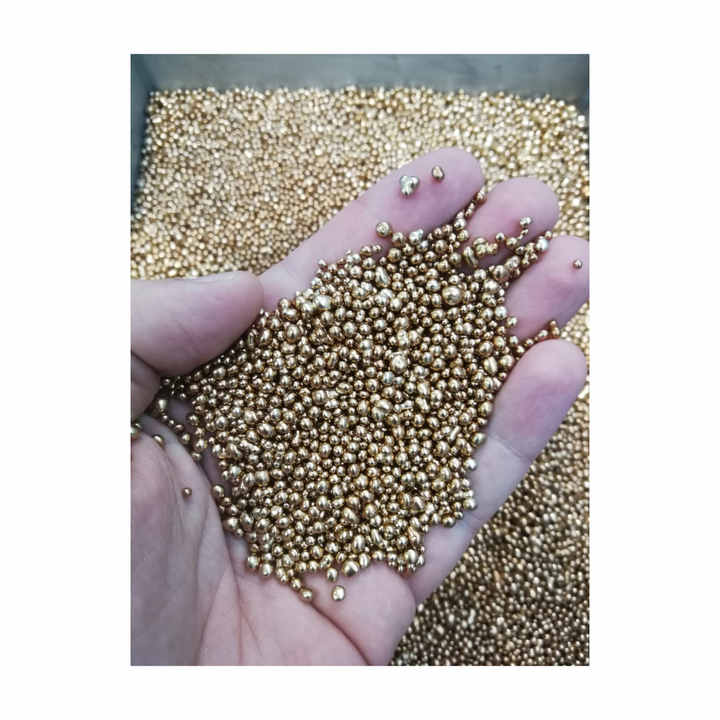
Tools Required for Smelting Scrap Gold
Smelting scrap gold requires specialized equipment, but much of it is accessible to small-scale smelters. The primary tools include:
- Furnace or smelting pot: This is where the scrap gold will be melted down.
- Crucible: A heat-resistant container used to hold the gold during smelting.
- Flux: A chemical agent added to help remove impurities.
- Tongs: Used to handle the crucible and molten gold.
- Mold: A cast into which the molten gold is poured to form bars or ingots.
For those smelting gold at home or in small quantities, smaller electric or propane-powered furnaces are available. These tools provide a safe and efficient way to melt down scrap gold.
Environmental Benefits of Smelting Scrap Gold
One of the major advantages of smelting scrap gold is its positive impact on the environment. Recycling gold reduces the need for mining, which is both energy-intensive and harmful to ecosystems. Gold mining requires large amounts of water, chemicals, and land, contributing to pollution and habitat destruction. By smelting scrap gold, less energy is used, and the demand for newly mined gold decreases.
Additionally, smelting scrap gold allows for the reuse of valuable materials, reducing waste. In the long term, this contributes to a more sustainable and circular economy, where resources are continually recycled rather than discarded.
Challenges in Smelting Scrap Gold
While smelting scrap gold is a rewarding process, it does come with its own set of challenges. The biggest challenge is dealing with impurities found in scrap gold. Depending on the source of the gold, it may be alloyed with metals like copper, nickel, or silver. These metals need to be separated during the smelting process to ensure that the final product is pure gold.
Another challenge is maintaining the correct temperature. Gold must be heated to very high temperatures, and if the heat is not controlled properly, the smelting process may result in incomplete separation of impurities. This is why having the right equipment and experience is essential for successful gold smelting.
The Economic Benefits of Smelting Scrap Gold
From an economic perspective, smelting scrap gold offers several benefits. First, it allows individuals and businesses to recover value from gold items that would otherwise be discarded. Old jewelry, broken electronics, and other gold-containing materials can be transformed into pure gold that can be sold or reused.
For jewelers and manufacturers, smelting scrap gold provides a cost-effective source of gold for creating new products. Since scrap gold is often sold at a lower price than newly mined gold, smelting it provides an opportunity to save money while maintaining the quality of the final product.
Additionally, smelting scrap gold can generate income for individuals or businesses who specialize in refining and selling gold. By refining scrap gold into bars or coins, they can sell the purified gold at a premium, further enhancing profitability.
Smelting scrap gold is an important process that helps recycle and recover valuable materials. By melting down old or unwanted gold items, impurities can be removed, and pure gold can be extracted for resale or reuse. With the right tools and techniques, smelting scrap gold offers environmental, economic, and practical benefits for both individuals and industries. Through this process, gold can be repurposed and preserved, reducing the demand for newly mined gold and contributing to a more sustainable future.












